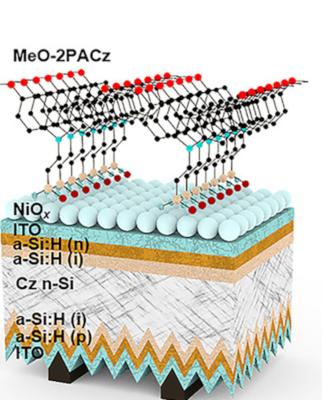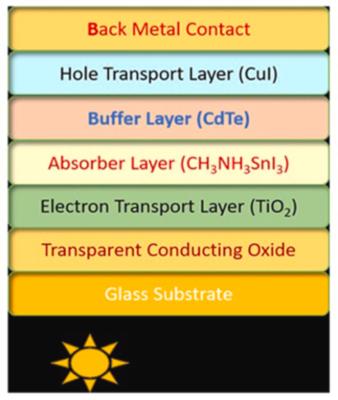Researchers couple excitons to polaritons for better solar cells and LEDs
Solar cells and light-emitting diodes strive to maintain the excited state kinetics of molecules. A major loss mechanism, especially in the highest efficiency systems, is called exciton-exciton annihilation, leading to lowering of solar efficiency and of light output in LEDs. Controlling the amount of exciton-exciton annihilation is therefore an important goal that affects efficiency.
National Renewable Energy Laboratory (NREL) researchers, working with researchers from University of Colorado Boulder, sought to control exciton/exciton annihilation by coupling excitons with cavity polaritons, which are essentially photons caught between two mirrors, to combat energy dissipation and potentially increase efficiency in optoelectronic devices. As detailed in their recent article, the scientists used transient absorption spectroscopy to demonstrate control of the loss mechanism by varying the separation between the two mirrors forming the cavity enclosing the 2D perovskite (PEA)2PbI4 (PEPI) layer. This perovskite material is a candidate for future LED applications.







